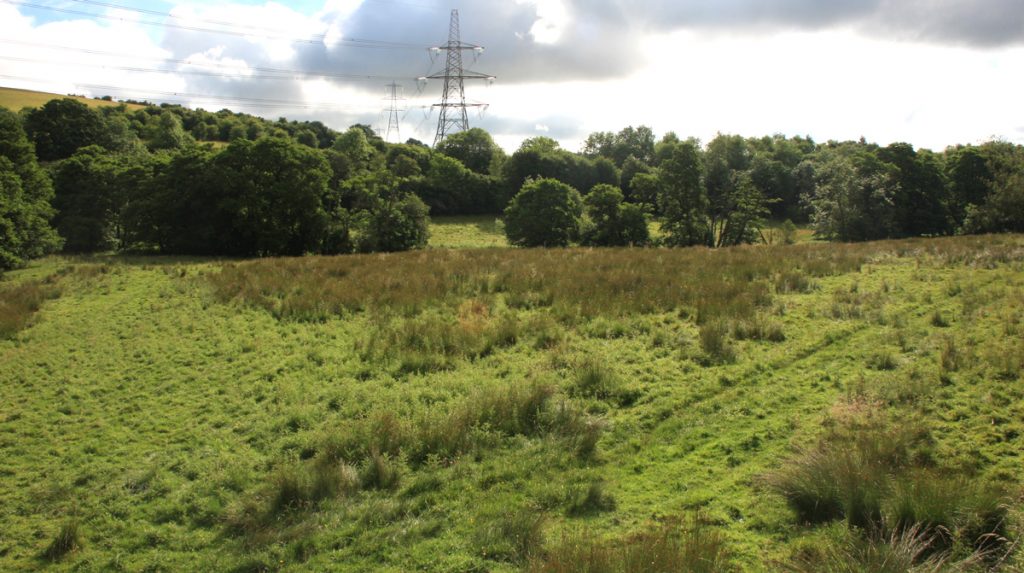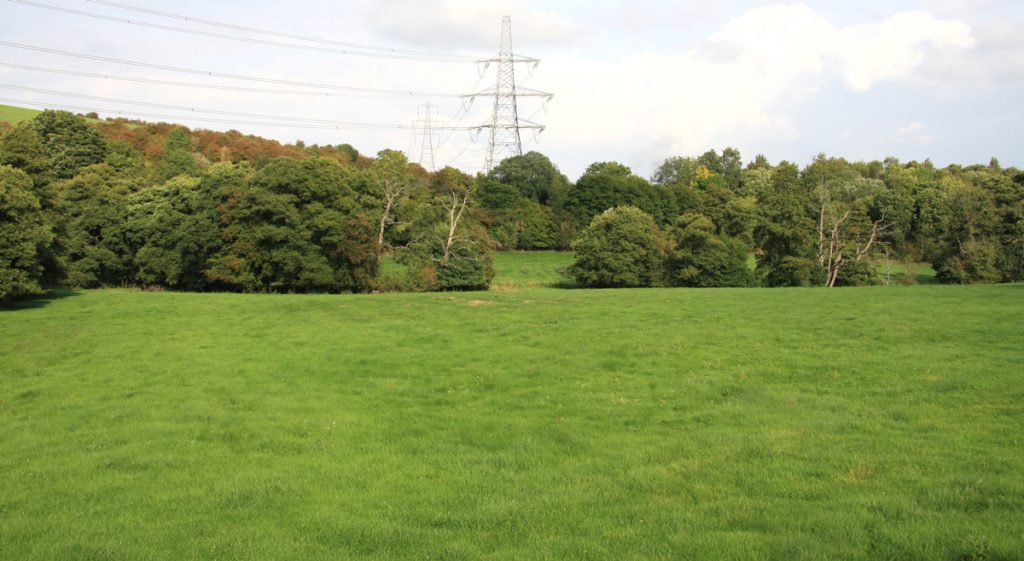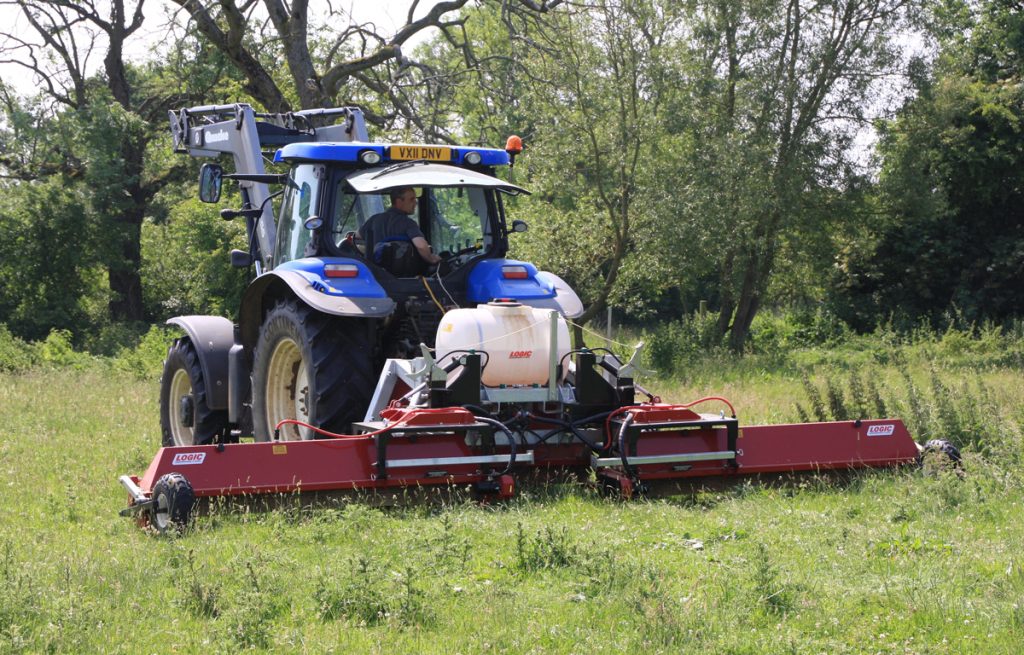Controlling Soft Rush delivers more grazing grass + 10.5:1 ROI
21st June 2019
90% of in-bye offers potential: estimated 1m + acres Livestock producers farming land infested with Soft Rush are able to control and achieve up to 75% extra grazing with an
90% of in-bye offers potential: estimated 1m + acres
Livestock producers farming land infested with Soft Rush are able to control and achieve up to 75% extra grazing with an accompanying return on investment (ROI) of up to 10.5:1, according to independent grassland consultant, Dr George Fisher. “As little as 10% of infested area is treated, therefore the potential for improvement is vast on more than one million acres of in-bye, however, adopting stewardship is key and Best Practice Guidelines must be adhered to at all times,” he says.
“Soft rush thrives in areas of high rainfall and acid soil types, and can lead to significant grazing and forage losses. A single rush seed head can produce up to 8,500 seeds a year, they are light and easily dispersed in the wind, and the plant also spreads by creeping rhizomes,” he told a briefing in Whitchurch today, 31 May.
“Approximately 10% of the UK’s 12.8 million acres of rough grazing is in-bye pasture supporting Soft Rush. This area has a yield potential of 7t to 10t DM/ha (2.8t to 4t DM/acre) and accompanying opportunity for sustainable intensification, yet only 10% of that in-bye is considered to receive control treatment leaving over one million acres to fully exploit.

Rush Hazell before weed wiping
“Treatment has proved to be effective. For example in Northern Ireland, Soft Rush has been reduced from an average 81% to 20%, a control of 75% over a 12-month period by the Water Catchment Partnership, an official collaborative initiative designed to effectively tackle the problem of pesticides in the water environment. Weed wiping with glyphosate was demonstrated to be an effective form of rush control with minimal water pollution in this study. Similar levels of success are being demonstrated by individual farmers implementing the same control techniques.”

Rush Hazell after weed wiping
For every single application of herbicide that reduces rush cover from 40% to 10% – a 75% control rate leading to 0.85t grass DM extra per acre can be achieved, he says which can be used to gain:
- 10.5:1 ROI for increased stocking rate for ewes and lambs
- 7.6:1 ROI for increased stocking rate for suckler beef
- 4.0:1 ROI for extra grass yielding four round bales/acre
Fig I: Rush control: ROI for livestock farming systems from 75% rush control in one season
| Farming system | Grass production increase*
|
Extra stocking | Extra sales off farm | Extra value | Rush control cost | ROI |
| Sheep | 0.85t DM/acre | 1.13 ewes + 2.25 lambs/acre | **Lamb
78.75kg/acre
|
£157.51/acre | £15/acre | 10.5:1 |
| Suckler beef | 0.85t DM/acre | 0.176 cows/acre | ***Calves
57.08kg/acre
|
£114.16/acre | £15/acre | 7.6:1 |
| Extra silage | 0.85t DM/acre | 4 x 500kg round bales/acre
|
£60/acre
(£15/bale) |
4.0:1 |
Nufarm’s Brent Gibbon advises livestock producers to take a strategic approach to control with a focus on the most important production areas of the farm first. “Sustainable intensification is the way to go – for now and for the future. Making more from existing resources. In particular grazed grass the cheapest form of forage on in-bye land, is an obvious one to take up,” he says.
“Farmers are faced with two choices: making an overall application with a boom sprayer with selective herbicides or using glyphosate through a weed wiper – the preferred method in water catchment areas. For small scale applications use a knapsack sprayer or hand lance and Depitox (2, 4-D). Products containing MCPA, including PastureMaster and Agritox, are not permitted through a knapsack.
“For those boom spraying, apply late spring, pre-flowering or top and apply to regrowth, approximately four weeks later. If land is within an agri-environment scheme, then we would urge to check before topping. The practice may not be permitted due to nesting birds.
“Farmers preferring to weed wipe, then ideally apply late spring up to flowering when rushes have exceeded grass height. Applications can continue until first frost. Pre-grazing with sheep provides good height differential between rushes and grass. We suggest they consider using a contra-rotating brush weed wiper.
“Long term, and a well-established, well managed competitive grass sward will prevent significant rush re-infestation. Good field drainage where practical combined with appropriate lime application to bring soil pH to 6.5 is also essential.”
Brent continues: “Whilst phenoxy herbicides, including MCPA, are key tools used to control Soft Rush, their levels in drinking water should not exceed 0.1 parts per billion. These minute parts can be detected in water samples, so it is important to adopt effective stewardship and observe Best Practice Guidelines.”
Stewardship
“Whilst phenoxy herbicides, including MCPA, are key tools used to control Soft Rush, their levels in drinking water should not exceed 0.1 parts per billion. These minute parts can be detected in water samples, so it is important to adopt effective stewardship and observe Best Practice Guidelines,” says Nufarm’s Brent Gibbon.
Best Practice Guidelines
· Application must be made by a trained operator with current certification
· Keep boom spray at least five metres back from water courses
· Use low drift air inclusion nozzles
· Do not spray if rain is expected within the day
· Do not spray waterlogged fields where tyre marks are visible
· Do not clean or wash down sprayer near drains in the yard
· Do not exceed maximum application rate
· Consider use of weed wiper application method in water catchments
Case study
“In the last two years we’ve weed wiped 80% of the farm with glyphosate. Soft Rush was a major issue and reduced grazing availability, whilst Creeping Thistle was causing foot problems. In the first year we achieved a 70% Soft Rush kill rate and 95% for Creeping Thistle,” says Stephen Hazell who farms 2,300 ewes on 1,000 acres of grassland near Cheltenham. “Since then, growth has been minimal and it’s now possible to control by wiping small localized areas.
“Weed wiping has not only stopped the weeds from spreading on what is poorly drained land in an Environmental Stewardship scheme, but the grass has naturally regenerated and we have subsequently increased the grazing area by over 20%, lambs are finishing an average two weeks earlier and lamb scald has reduced by 50% along with foot rot amongst the ewes.”


